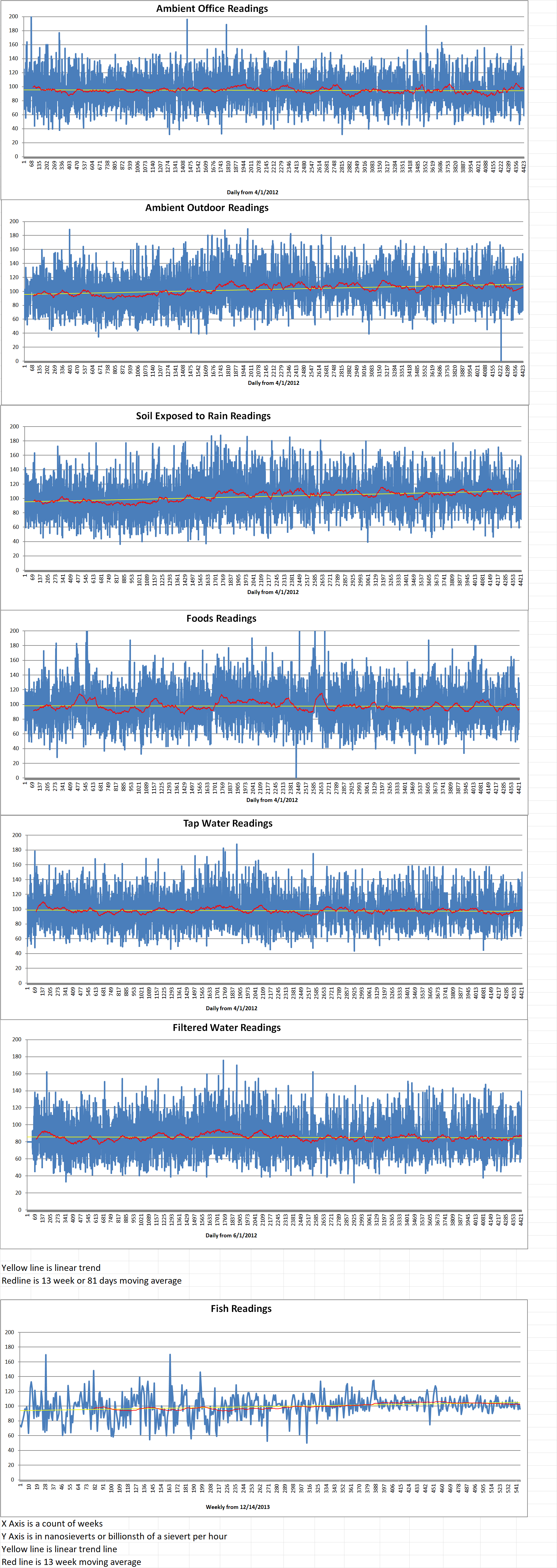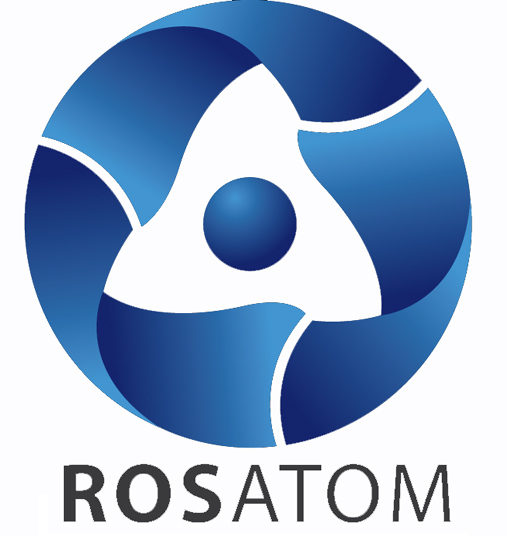GoviEx Uranium Inc and its fully owned subsidiary GoviEx Niger Holdings Ltd have begun proceedings under the Convention on the Settlement of Investment Disputes Between States and Nationals of Other States (known as the ICSID Convention), because Niger has breached its legal obligations under a May 2007 agreement between the state and GoviEx Niger, and under Nigerien law.
The Vancouver-based company is seeking arbitration on the basis that the State of Niger breached its legal obligations when it cancelled the company’s mining permit for the Madouela uranium project earlier this year.
GoviEx started operations in Niger in 2007, and has advanced the Madaouela mine from the initial exploration phase, through to the publication of a feasibility study in late 2022. The company said the project had been “poised for development” and that GoviEx had started to move forward despite the political changes in Niger since the coup d’état of July 2023. Over the last year and a half, it has received statements of interest in excess of two hundred million dollars for project-related debt finance, started social and environmental due diligence research with a prospective lender, updated the Environmental and Social Impact Assessment, and begun front-end engineering designs and initial ground works, including the construction of an access road.
With a forecast initial capital expenditure of three hundred and forty-three million, the Madouela project was forecast to create up to eight hundred jobs over its projected twenty-year mine life. During this time substantial royalty payments and taxes will be payable to the state. The companies said that they believe that the withdrawal of GoviEx’s rights to the project will have a serious negative impact on the economic and social development of the region.
GoviEx said, “While the Companies have attempted to settle their dispute with the State amicably, including through initiating a local administrative recourse before the Niger President of the Republic, the State has shown no willingness to engage with the Companies to reach an amicable settlement. The Companies strongly believe that they are entitled to be reinstated in their rights to the Project and/or be awarded monetary compensation as a result of the State’s conduct in relation to the Project and are accordingly pursuing a legal remedy under the Mining Convention to safeguard their rights, adding that they may pursue other available remedies, including international arbitration as required. Notwithstanding the commencement of this Arbitration, the Companies remain committed to engaging constructively with the State to resolve the dispute.”
Earlier this year, the Nigerien authorities also cancelled the operating permit issued to Orano subsidiary Imouraren SA for the Imouraren project. More recently, Orano confirmed that Nigerien authorities have taken operational control of SOMAÏR, its subsidiary which operates the Arlit mine. It is currently Niger’s only operational uranium mine. Global Atomic’s development of the Dasa uranium mine is ongoing. In November of this year, Mining Minister Ousmane Abarchi reportedly said that Niger was actively seeking to attract Russian investment in natural resources including uranium.
GoviEx






